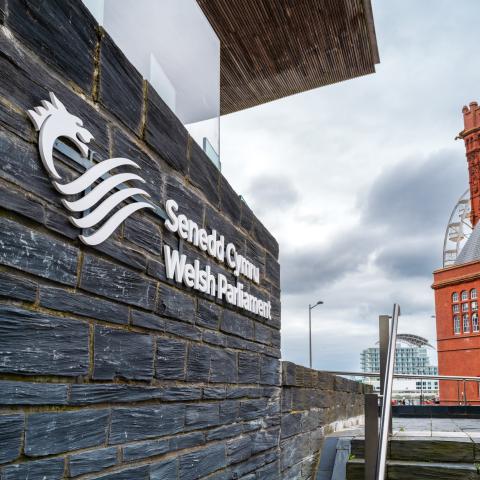Sustainability in September: Is climate reporting a millstone or opportunity for growth?

As someone familiar with writing corporate sustainability reports, the news that half the FTSE 100 companies have had to restate their climate metrics does not come as a complete surprise. The Deloitte ‘Sustainability Action Report’ highlighted that companies particularly struggle with their Scope 3 – indirect emissions that occur in the supply chain, business travel, and waste disposal – with only 15% reporting on it. SMEs have even more of a headache as most of their emissions (typically 85 - 95%) lie upstream in procurement.
The insight has triggered a fresh wave of discontent from companies stressing about the growing reporting burden. This year companies within the EU (and any companies that generate over EUR 150M in that market) became subject to the bloc’s CSRD rules. And next year will see the ISSB directive come into force in the UK, which will incorporate TCFD and TNFD; while the GRI has also announced it will be adopting the principles of TNFD. That means medium-sized plus companies will need to get ready to start collecting data on their biodiversity impact, as well as climate, from next year, in readiness for reporting in 2026.
TNFD has been voluntary since 2023, but 400+ ‘early adopters’ have already begun reporting on their nature-related impacts and risk assessments. Some of those will have signed up because it’s material to their business model, others simply because they recognise the vital importance of nature for sustaining life on the planet.
Which brings me to the main point. If companies stop viewing annual ESG reporting as a millstone and start embracing it as an opportunity to continually improve and get better at what they do, everyone will benefit. Responsible business is the future, after all.
A good, rounded ‘Impact Report’ should cover most of the topics in GRI, TCFD, TNFD, CSRD, ESRS (et al.) – including the dreaded double materiality assessment – and is the mark of a responsible business. It can help companies identify their vulnerabilities, become more resilient and throw light on future opportunities for growth including climate-related risks and opportunities, expanding diversity and inclusion, and making a positive impact on communities. The analysis that’s required will lead to more meaningful engagement with stakeholders, more productive partnerships, and can provide a competitive edge with new prospects and consumers (who expect companies to take responsibility for their impacts).
Not only can a good impact report mitigate the risk of greenwashing onslaughts (assuming the data is accurate), but it’s also a passport to join the new, green economy. And it’s increasingly true that if companies don’t have a sustainability strategy or climate action plan, they don’t have much of a growth strategy. Banks are beginning to use ESG data to decide if they hand out loans. Investors doing due diligence will be looking for ESG assurance. Insurance companies are increasingly looking at ways to de-risk policies.
As the World Economic Forum puts it, ESG reporting rules have “the aim of providing investors and stakeholders access to robust and comprehensive information to make more informed decisions; and establishing greater transparency about a company’s impact on the planet and people.”
Yes, it is time consuming, and businesses do need to put in the work. That means forward planning and implementing more efficient methods for collecting data and monitoring impacts to avoid having to restate figures and pay fines, training staff on environmental and EDI issues and putting enough resource behind reporting. But the time investment will pay off.
Ultimately, it comes back to governance. Instead of relegating the reporting task to the lower ranks, the Board should be directly engaged in the company’s sustainability strategy and delivery. There is no “business as usual” way of getting to net zero and increasingly there is no hiding place for businesses that don’t take responsibility.









